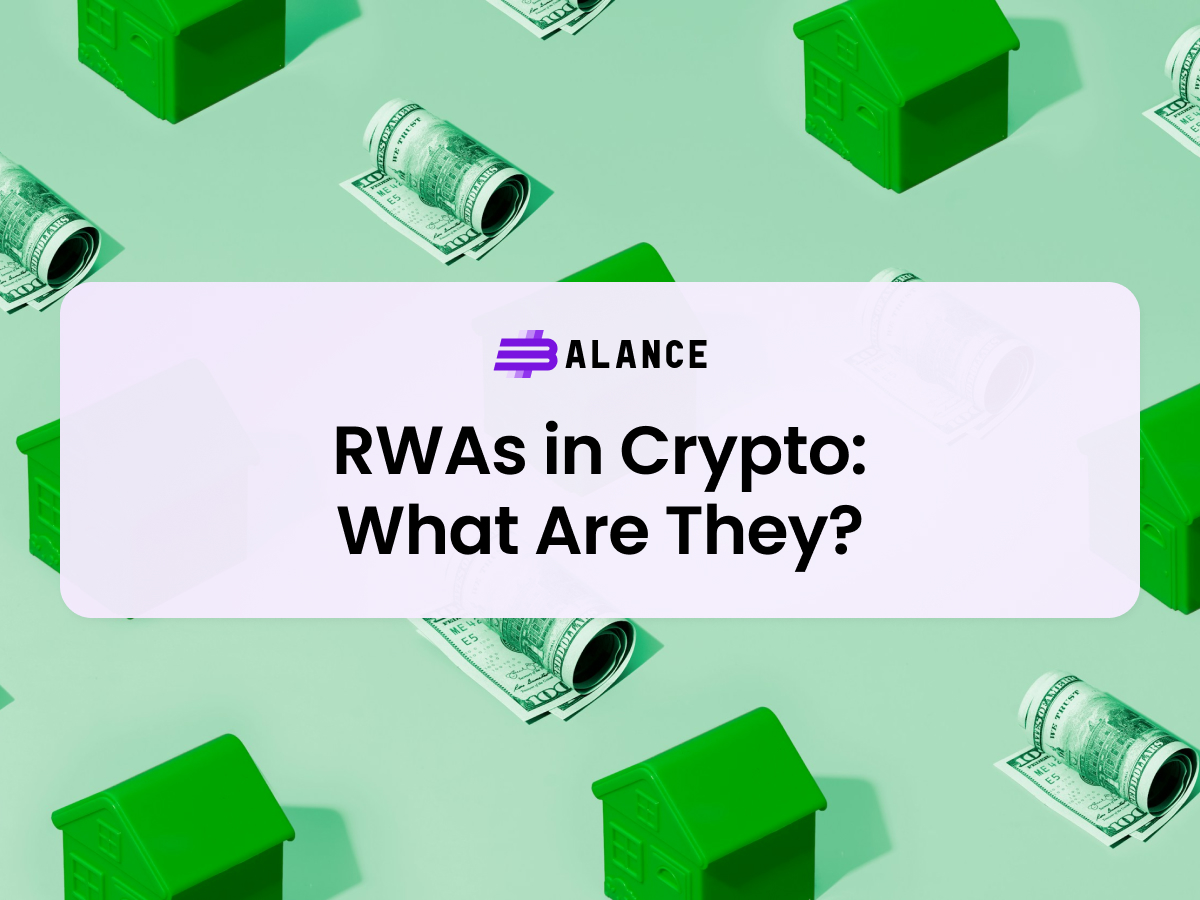The crypto market has evolved far beyond just Bitcoin and Ethereum. One of the latest trends gaining momentum is Real-World Assets (RWAs): the tokenization of physical or traditional financial assets on the blockchain. RWAs bridge the gap between traditional finance and decentralized finance (DeFi), unlocking new opportunities for crypto investors. It’s no longer just a question of what crypto to buy now—there are assets that go far beyond digital coins.
So, what exactly are RWAs? Why are they important? And should you consider them in your crypto portfolio? Let’s break it down.
What Are Real-World Assets (RWAs) in Crypto?
RWAs are physical or financial assets that have been tokenized and represented on a blockchain as a digital asset. Instead of relying on paper contracts or centralized institutions, RWAs use smart contracts and blockchain verification to manage ownership, transfers, and settlements.
Examples of RWAs in Crypto:
- Fiat-backed (currency-based) stablecoins (e.g., USDC, USDT, DAI with RWAs backing)
- Tokenized real estate (e.g., property shares represented as tokens)
- Commodities like gold and silver (e.g., PAXG for tokenized gold)
- Bonds & stocks on-chain (e.g., tokenized versions of traditional securities)
- Fine art & collectibles (e.g., NFTs representing real-world assets)
Why RWAs Matter in Crypto
By bringing these assets onto the blockchain, investors gain access to traditional financial instruments while benefiting from the transparency and efficiency of crypto. RWAs expand the use cases for crypto and create opportunities for both individual investors and institutions.
Here’s what they do for the market:
- Increased Liquidity: Traditional assets like real estate, fine art, and bonds are illiquid—they take time to sell and require intermediaries. Tokenizing these assets allows for fractional ownership, making them easier to trade.
- DeFi & Yield Opportunities: RWAs can be used within DeFi protocols to generate yield, lending opportunities, and collateral for borrowing.
- Accessibility & Inclusivity: Traditional investing often has high barriers to entry, requiring large capital or accredited investor status. RWAs can enable global access with smaller investment sizes.
- On-Chain Transparency & Security: RWAs bring blockchain-level security and transparency to assets that typically rely on centralized oversight, reducing fraud risks and increasing efficiency.
Are RWAs a Good Addition to Your Crypto Portfolio?
All these things sound good, but are they really worth considering? The truth is, adding RWAs to your crypto investment strategy depends on your risk tolerance, investment goals, and market outlook. As always, you should DYOR before investing.
Here are some key considerations:
The Benefits of Including RWAs in Your Crypto Portfolio
- Diversification: RWAs help balance risk by adding non-crypto-correlated assets to your holdings.
- Lower Volatility: Unlike altcoins, RWAs are often tied to stable assets like real estate, commodities, or government bonds.
- Passive Income Opportunities: RWAs can provide yield through staking, lending, or dividend-paying securities.
Risks to Consider
- Regulatory Uncertainty: Some jurisdictions may impose strict rules on tokenized securities, limiting market access. Always consider the macroeconomy in your decision-making process.
- Centralization Risks: Many RWA projects rely on off-chain entities for asset management, somewhat contradicting crypto’s decentralized ethos.
- Smart Contract & Custody Risks: Tokenized RWAs require trust in custodians and smart contracts, which may be vulnerable to hacks or mismanagement.
So, Are RWAs the Future of Crypto?
RWAs represent a major shift in how traditional finance and crypto interact. They offer diversification, liquidity, and new DeFi opportunities, making them a compelling option for investors looking to balance risk and reward and to try something new for their portfolios.
However, like any investment, they come with risks. Understanding regulatory concerns, smart contract reliability, and centralization risks is key before diving in. Remember, we don’t offer financial advice, and you should always do your own research before investing.
For investors interested in integrating RWAs into their portfolios, tools like 3Balance make it easy to track, rebalance, and optimize allocations across your entire portfolio—including shiny, new, supported RWAs!

